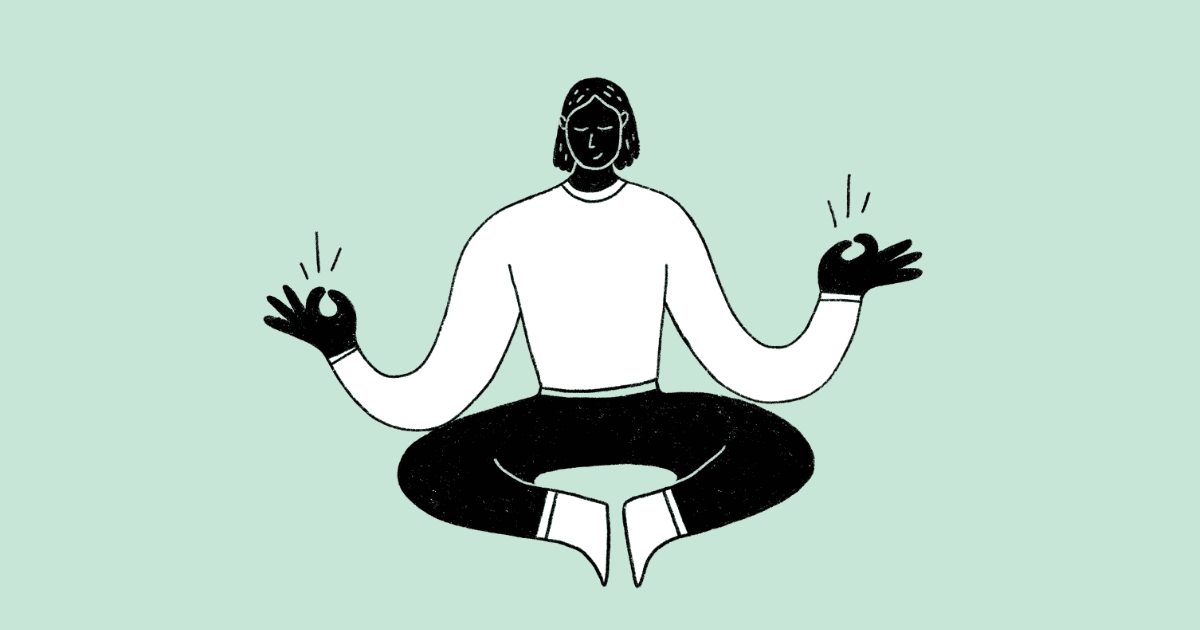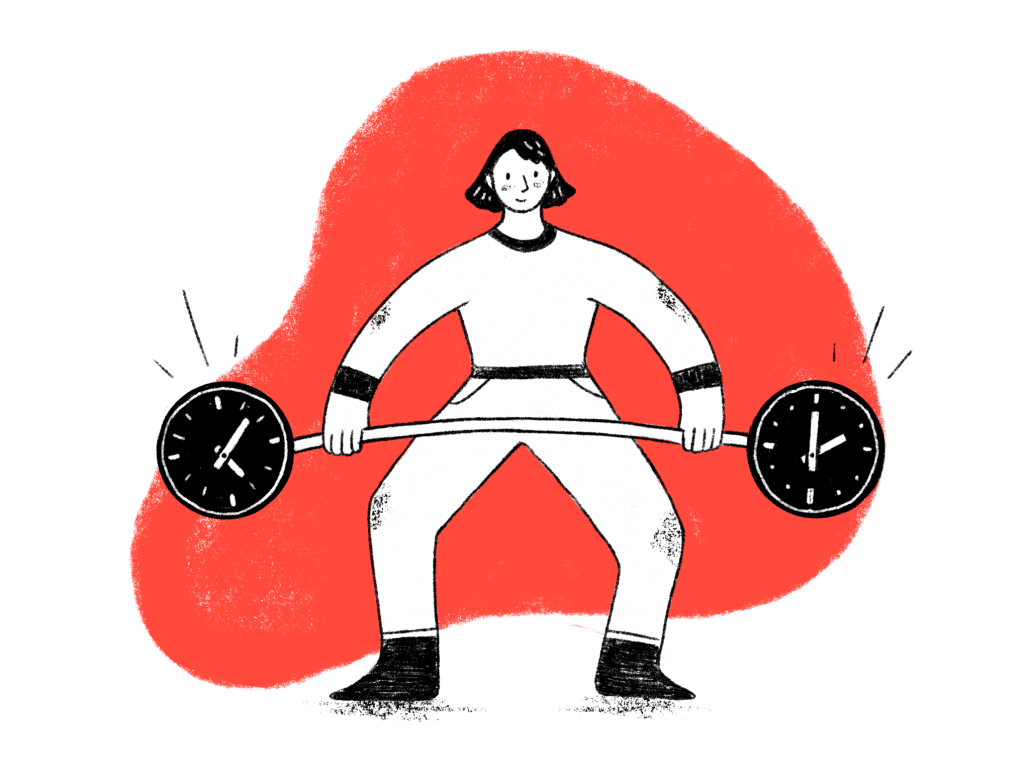
24 November 2025
7 min.
Workplace wellness
15 November 2024
5 min.

In a perfectly tuned daily routine, intentionally allowing whitespace might seem counterintuitive. Yet, that’s exactly what whitespace offers: a moment of pause, free of specific goals, to help clear your mind.
Let’s explore how whitespace can become your ally in achieving a balance between well-being and performance.
Whitespace is simply a pause, a break that allows us to better appreciate, perceive, and create. It’s a moment of doing absolutely nothing except letting your mind wander. It’s not reading, meditating, practising yoga, or listening to music. It’s a moment of emptiness.
A moment that requires no equipment or accessories, costs nothing, and is done alone.
Whitespace originated in the tech and creative industries, particularly in Silicon Valley. Companies like Google were among the first to promote intentional breaks, such as ending meetings five minutes early, to give employees time to disconnect and think freely.
These strategic pauses, far from being a luxury, have proven to boost creativity and innovation by allowing the brain to recharge and generate fresh ideas.
Whitespace isn’t just a simple break—it’s a powerful tool for creating mental space to recharge. In an often-overloaded daily routine, these intentional pauses help clear your mind, reduce stress, and better tackle personal challenges.
It’s also an excellent way to improve time and priority management, giving you the perspective needed to reassess what truly matters and refocus your efforts on what’s essential.
Whitespace isn’t limited to a single format. It comes in various forms, each suited to specific moments or needs in daily or professional life. Here are the three main types of whitespace:
These are small breaks throughout the day—moments you set aside to breathe and reconnect with yourself. They can be as brief as five minutes, whether it’s to observe nature, savour a cup of tea, or simply clear your mind.
These small moments of whitespace allow you to slow down, calm the stream of thoughts, and refocus, even in the midst of a busy day.
This type of whitespace involves intentionally building empty moments into your schedule to handle the unexpected and avoid constantly rushing. For example, ending a meeting a few minutes early gives everyone a chance to refocus before tackling the next task.
Planning for about 20% whitespace in your week helps prevent burnout and keeps you flexible when surprises arise.
Strategic whitespace refers to longer, more intentional pauses taken regularly to reassess your priorities, projects, or goals. These moments are perfect for stepping back, observing what’s happening around you, and adjusting your course if needed.
Whether done solo or as a team, strategic whitespace is often used for planning, deep reflection, or making important decisions. It’s a time to realign your actions with your long-term objectives.
How can you take back control of your schedule and master time and priority management? That’s exactly what we’re here to help you discover!

Coming up with new ideas, exploring different approaches, and challenging the status quo all require mental space. It’s hard to create and innovate if you don’t give yourself time to dream. Whitespace provides the opportunity for your brain to make connections and generate fresh ideas.
Sometimes, it’s by doing nothing that the deepest intuitions surface. Whitespace can help you gain clarity in your schedule, workload, approach to a new project, or even the best strategy for communicating with a team member.
Your brain needs rest—plain and simple. It can’t operate at full speed all the time. However, even a short 5–10 minute break can be enough to return to your tasks feeling re-energized and more focused.
Making time for whitespace allows you to truly take in your surroundings. It’s an opportunity to reconnect with your thoughts, your environment, and even your body and its needs. By stepping away from distractions—like diving into yet another email—you open yourself up to seeing, hearing, and sensing things you might otherwise miss.
When you’re learning something new or trying to memorize information (like a script for a presentation), nothing beats taking a break! Whitespace helps reinforce memory retention. Even better—sleep on it, and you’ll see even greater results.
It can’t be said enough—you need to take care of yourself! To perform at your best, you must protect your mental health. Whitespace isn’t a cure-all, but it does provide a well-deserved break, a moment to pause amidst life’s whirlwind, so you can move forward more effectively.
Including whitespace in your schedule—and planning it so it doesn’t get forgotten—is a great strategy for bringing your best self to everything you do. The invitation is out! Ready? Set. Pause!
At Boostalab, we firmly believe that balancing performance and well-being comes from developing soft skills. That’s why our workplace soft skills training programs are designed to help your teams adopt practices like whitespace, boosting both their productivity and well-being.
Our time and priority management training provides practical tools to better organize daily schedules while encouraging structured breaks to refocus and move forward more effectively. Contact us to learn how our solutions can help transform your work environment!
Blog

24 November 2025
7 min.

31 October 2025
4 min.

29 May 2025
5 min.